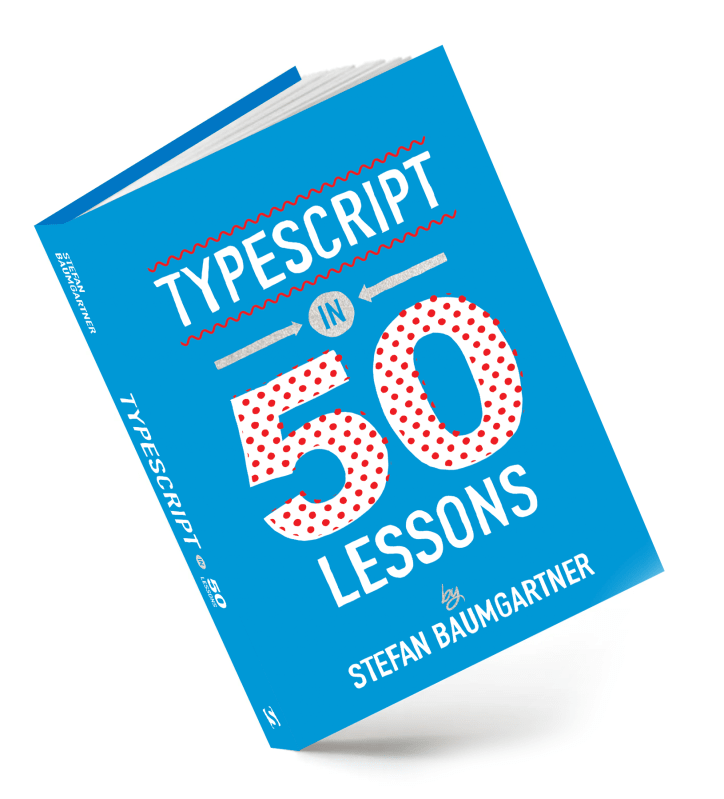

In the above example, we are skipping all even numbers via the if conditional check i%2. It is very useful when we have some exception cases, but do not wish to stop the loop for such scenarios. break with label: Break into outer loop when multiplication value reaches 6.Ĭontinue will stop the current iteration of the loop and it will start the next iteration. When the value of i is 5, we are breaking the loop. In the above random example, we are incrementing i from an initial value of 0 by 1. We created two iterators i and j that run from 0 to 3 and then it multiplies the combination.Ī break statement will stop the current loop and it will continue to the next statement of the program after the loop. For typescript users: Problem: You’re using TypeScript and you don’t want to manually define types for each REST endpoint response. In the above example, we have nested a for loop inside another for loop.

In the above example, we created an array of vowels and then we used forEach to iterate through the Array and log each element. There are five primary types of looping in TypeScript.Ī forEach loop is used in JavaScript to iterate easily over a collection, for example an Array. Using a for loop : This is the most straightforward approach. In this tutorial, I will show you different ways to do it with examples. Using loops and using its inbuilt method forEach, we can iterate through the array elements. Loops are used in cases where you need to repeat a set of instructions over and over again until a certain condition is met. In typescript, we have multiple ways to iterate an array.

TypeScript: Object Oriented Programming.


 0 kommentar(er)
0 kommentar(er)
